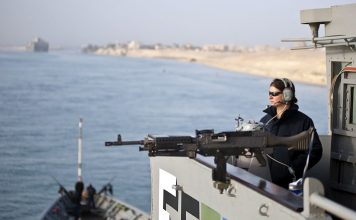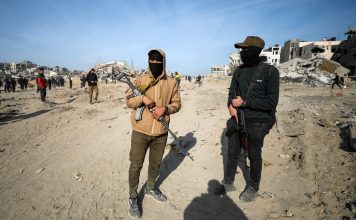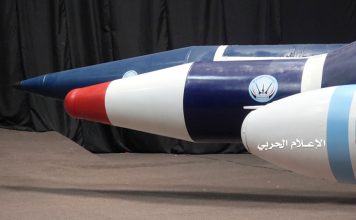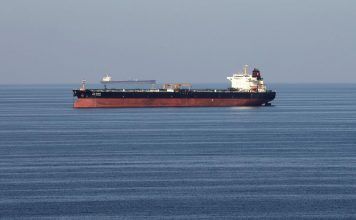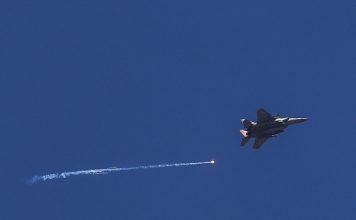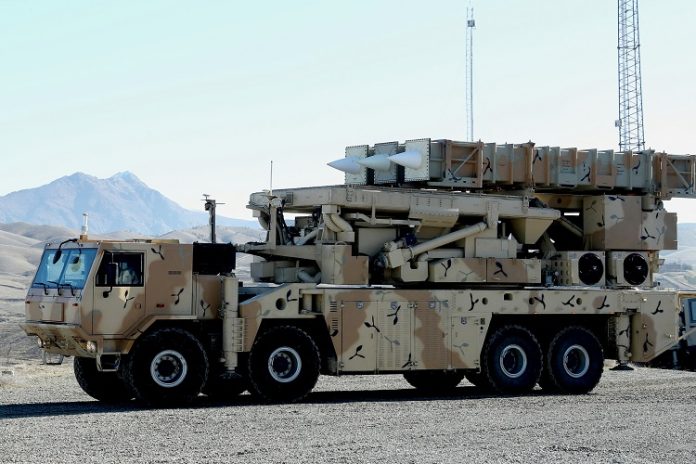
Oct 26 (Reuters) – Ballistic missiles form an important part of Iran‘s arsenaland were used in its Oct. 1strike on Israel, an attack that Israel responded to on Saturday with raids on Iranian military sites.
Israel warned Iran not to retaliate for Saturday’s strikes, the latest salvo in their escalating conflict, while a semi-official Iranian news agency vowed a “proportional reaction”.
The U.S. Office of the Director of National Intelligence says Iran is armed with the largest number of ballistic missiles in the Middle East.
Here are some details:
* The semi-official Iranian news outlet ISNA published a graphic in April showing nine Iranian missiles it said could reach Israel. These included the “Sejil”, capable of flying at more than 17,000 km (10,500 miles) per hour and with a range of 2,500 km (1,550 miles); the “Kheibar” with a range of 2,000 km (1,240 miles), and the “Haj Qasem”, which has a range of 1,400 km (870 miles), according to ISNA.
* The Arms Control Association, a Washington-based non-governmental organization, says Iran‘s ballistic missiles include the “Shahab-1”, with an estimated range of 300 km (190 miles); the “Zolfaghar”, range of 700 km (435 miles); “Shahab-3”, range of 800-1,000 km (500 to 620 miles); “Emad-1”, a missile under development, range of up to 2,000 km (1,240 miles) and “Sejil”, under development, with 1,500-2,500 km (930 to 1,550 miles) range.
* Fabian Hinz, a Berlin-based expert on Iran’s missile arsenal with the International Institute for Strategic Studies, said that based on the locations of videos of launches posted on social media and the ranges to Israel, he assessed that on Oct. 1 Iran had fired a combination of solid- and liquid-fuelled missiles.
The former category of missile, which is more advanced, is fired from angled mobile launchers and the latter from vertical launchers, he said.
Hinz said three solid-propellant missiles fired on Oct. 1 could have been the Haj Qasem, Kheibar Shekan and Fattah 1. Liquid propellant missiles reported as being launched from the central Iranian city of Isfahan might have been the Emad, Badr and Khorramshahr, he said.
* Iran says its ballistic missiles are an important deterrent and retaliatory force against the U.S., Israel and other potential regional targets. It denies seeking nuclear weapons capability.
* According to a 2023 report by Behnam Ben Taleblu, a Senior Fellow at the U.S.-based Foundation for Defense of Democracies, Iran continues to develop underground missile depots complete with transport and firing systems, and subterranean missile production and storage centres. In June 2020, Iran fired its first ever ballistic missile from underground, it said.
“Years of reverse-engineering missiles and producing various missile classes have also taught Iran about stretching airframes and building them with lighter composite materials to increase missile range,” the report said.
* In June 2023, Iran presented what officials described as its first domestically made hypersonic ballistic missile, the official IRNA news agency reported. Hypersonic missiles can fly at least five times faster than the speed of sound and on a complex trajectory, which makes them difficult to intercept.
* The Arms Control Association says Iran‘s missile programme is largely based on North Korean and Russian designs and has benefited from Chinese assistance.
REGIONAL ATTACKS
* Iran‘s Revolutionary Guards used missiles in January 2024 when they said they attacked the spy headquarters of Israel in Iraq’s semi-autonomous Kurdistan region, and that they they fired at Islamic State militants in Syria. Iran also announced a firing of missiles at two bases of a Baluchi militant group in neighbouring Pakistan.
* Saudi Arabia and the U.S. have said they believe Iran was behind a drone and missile attack on Saudi Arabia’s prized oil facilities in 2019. Tehran denied the allegation.
* In 2020, Iran carried out missile attacks on U.S.-led forces in Iraq, including the al-Asad air base, in retaliation for a U.S. drone strike on an Iranian commander.
BACKING FOR YEMEN’S HOUTHIS
* The United States accuses Iran of arming the Houthis of Yemen, who have been firing on Red Sea shipping and Israel itself during the Gaza war, in a campaign they say is aimed at supporting the Palestinians. Tehran denies arming the Houthis.
* On Sept. 24, Reuters reported Iran had brokered secret talks between Russia and the Houthis to transfer anti-ship missiles to the armed group, citing Western and regional sources.
* In 2022, the Houthis said they fired ballistic missiles and drones at the United Arab Emirates. This included a missile attack targeting a base hosting the U.S. military in the UAE, which was thwarted by U.S.-built Patriot interceptor missiles.
SUPPORT FOR HEZBOLLAH
* Lebanon’s Iran-backed Hezbollah paramilitary group has said it has the ability within Lebanon to convert thousands of rockets into precision missiles and to produce drones. Last year Hezbollah leader Hassan Nasrallah – who was killed by an Israeli airstrike on Sept. 27 – said the group was able to transform standard rockets into precision missiles with the cooperation of Iranian experts.
SYRIA
* Iran has transferred indigenous, precision-guided missiles to Syria to support President Bashar al-Assad’s fight against rebels, according to Israeli and Western intelligence officials.
* It has moved some production capacity to underground compounds in Syria, where Assad’s military and other pro-Tehran forces have learned to build their own missiles, those sources say.
(Reporting by Parisa Hafezi in Dubai, Arshad Mohammed in Washington, and Dan Williams in Jerusalem; Writing by Michael Georgy, Thomas Perry, and William Maclean; Editing by Jonathan Oatis, Chizu Nomiyama, Rosalba O’Brien and Mark Heinrich)


